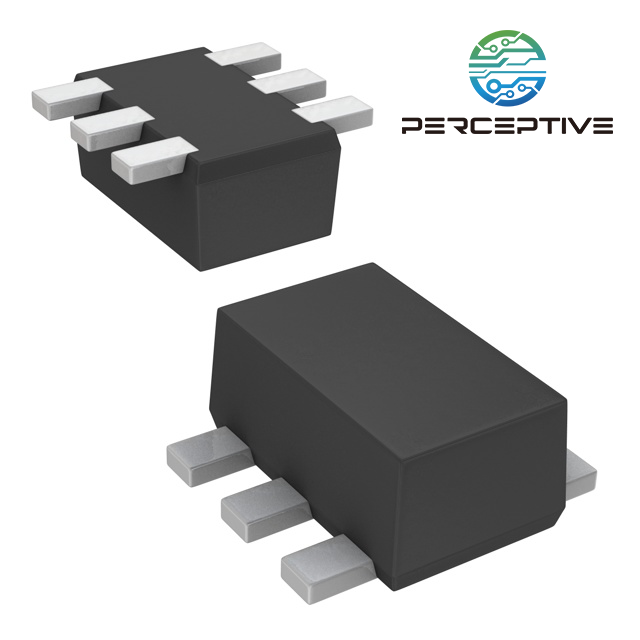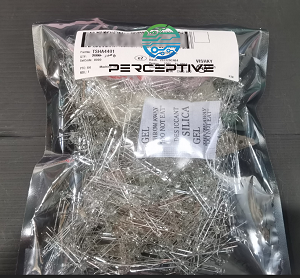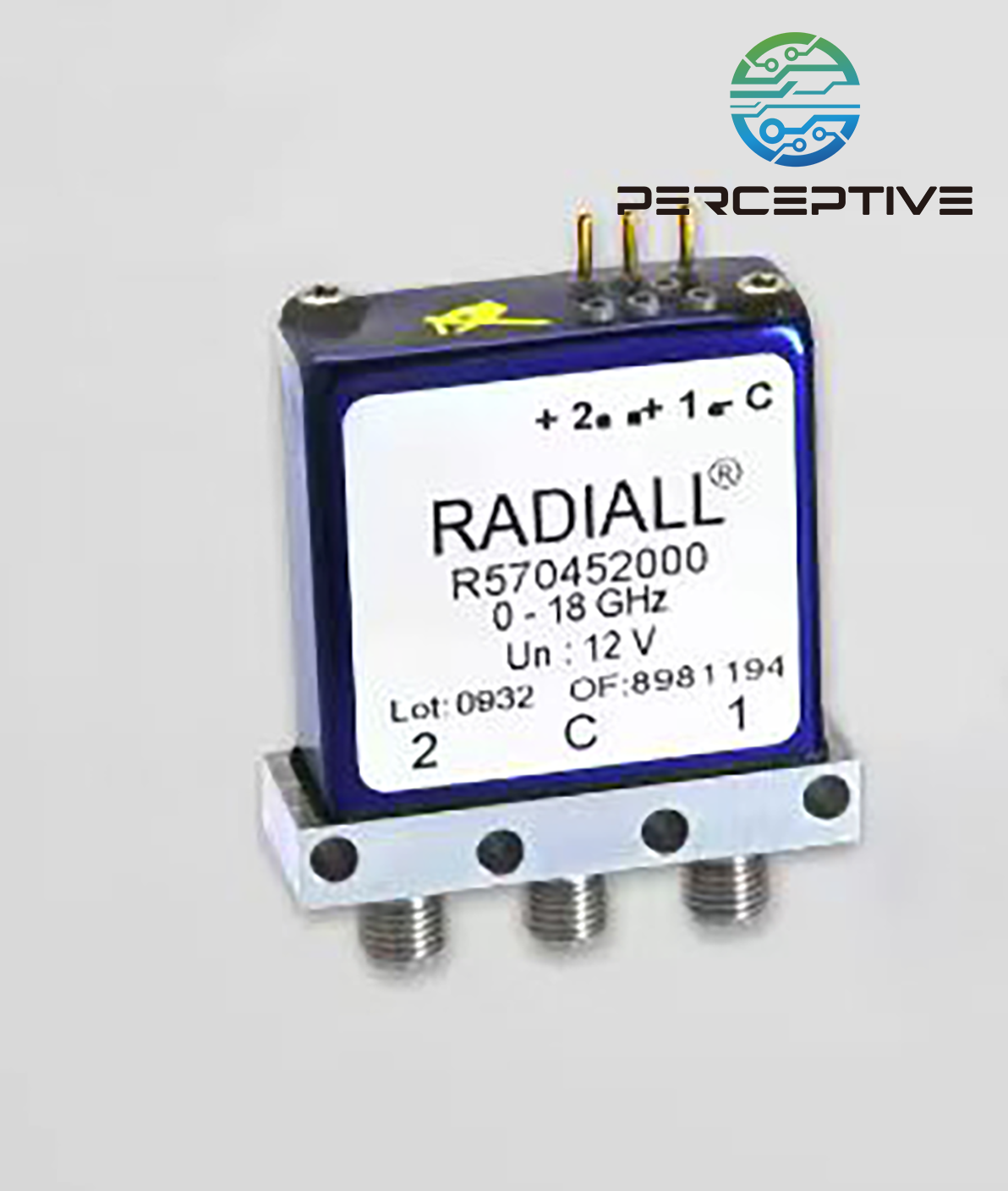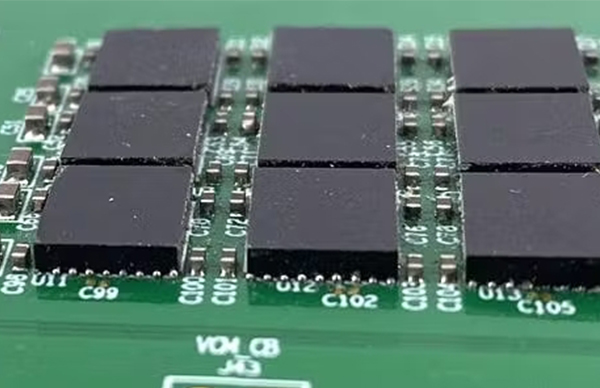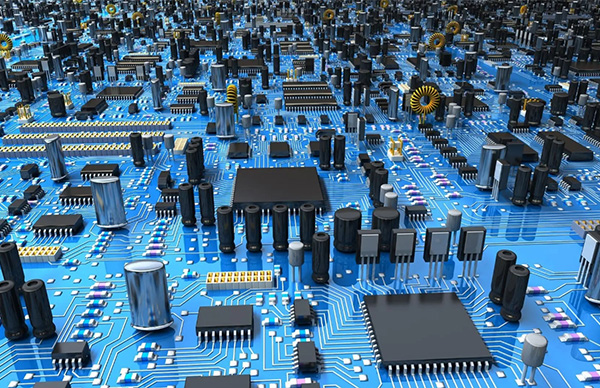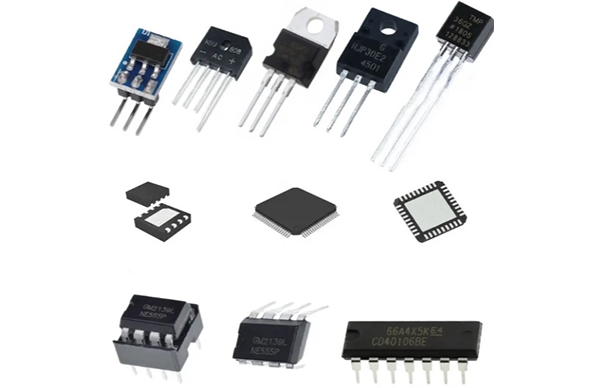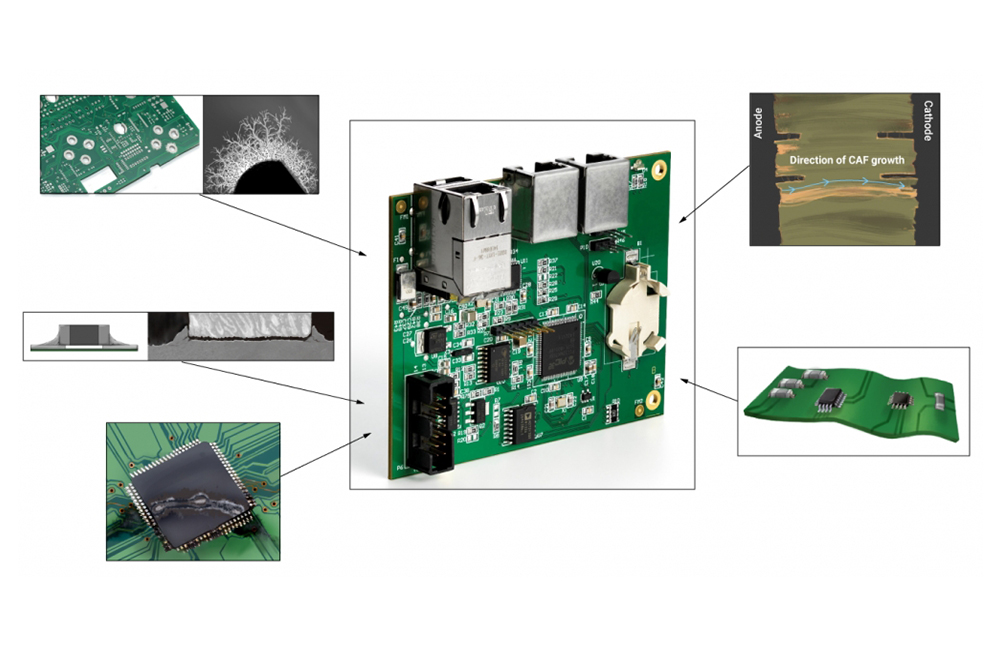Regulator ICs are broadly classified into ICs that convert DC voltage to the desired DC voltage, and ICs that convert AC voltage to the desired DC voltage.
Regulator ICs for DC-DC conversion are further classified into linear regulators and switching regulators, also known as DC-DC converters. Linear regulators come in two basic forms: series regulators and shunt regulators. A low dropout (LDO) regulator is a type of series regulator.
Compared to DC-DC switching converters, LDO regulators do not generate ripple, therefore they offer a very clean supply voltage. They require few design efforts thanks to the minimum number of external passive components needed.

1. Concept of LDO regulator
LDO is a low dropout regulator, which is a low dropout linear regulator. This is relative to traditional linear regulators. Traditional linear regulators, such as 78XX series chips, require the input voltage to be at least 2V~3V higher than the output voltage, otherwise they cannot work normally. But in some cases, such conditions are obviously too harsh, such as 5V to 3.3V, the voltage difference between input and output is only 1.7v, which obviously does not meet the working conditions of traditional linear regulators. In response to this situation, chip manufacturers have developed LDO-type voltage conversion chips.

2. Working principle of LDO voltage regulator

1.What should I do if the battery is 12V, but my processor needs a 5V power supply! ! The simplest circuit is to divide the voltage through resistors, as shown in the figure below:

3. However, there is a problem with the circuit in the figure, that is, if we connect R2 with a load in parallel, the output voltage will be affected, and 5V cannot carry the load. For example, when we connect a 1KΩ resistor in parallel, the output voltage is 1V.

If we want to solve this problem, we can add a follower in the middle. Through the characteristics of the follower (high input impedance and low output impedance), we can drive a 1K load.
Follower features: follower means that the input voltage and output voltage are the same and follow the changes. The salient feature of the voltage follower is that the input impedance is high and the output impedance is low.

4. But the problem comes again, the output voltage changes with the change of 12V voltage, the voltage of the 3 terminals changes continuously with the change of VCC, then Vo will change with VCC, and it does not reach a steady state. pressure effect.
Adding a constant reference voltage can improve this state.

From the figure above, we can get a constant reference voltage VREF. The reference voltage has nothing to do with VCC, and it is a stable state when the output voltage VC is constant. So the prototype of the voltage regulator was formed.
5. But the problem comes again, the maximum output current capability of the op amp is limited, so when the load is heavy, the output voltage cannot meet expectations.

It can be seen from the figure that when we change the 1K load to 20Ω, even if the output formula is set to 5V output, since the maximum output current capability of this operational amplifier is only 40mA, the output voltage can only be equal to 40mA*20Ω, which is about 800mV . This is because the output current capability of the operational amplifier limits the output capability of the operational amplifier.
In order to improve this problem. We can use the emitter follower of the triode instead of the op amp to provide the output current.

Using the emitter follower to drive the load resistor RL we can see that Vo perfectly achieves 5V output,
The load current of 250mA flows through the 8050 transistor, and the amplifier only needs to output 1.59mA to drive the 8050. Therefore, it only needs to provide a small current to provide a large current to the output.

6. When we change R3 in the above figure to 40K, then the output Vo is equal to 10V, then the output is set to 10V through the formula, but our final output is only 9.76V, because the output of the operational amplifier is saturated, LM324 When powered by 12V, it can only output a high level of 10.81V, and there is no way to go up, so our voltage cannot go up. In order to improve this, we use a PNP tube in the output stage and another NPN to drive this PNP.

We can see that the output is no longer limited by the high level of the LM324 output, and the LM324 is just an op amp whose output can go to the ground, so outputting more than 700 mV can turn on the PNP tube of 8550. Finally, we got the expected output value of 10V and 500mA.
Popular models
The NCV8674 is a precision 5.0 V or 12 V fixed output, low dropout integrated voltage regulator with an output current capability of 350 mA. Careful management of light load current consumption, combined with a low leakage process, achieve a typical quiescent current of 30 A. The output voltage is accurate within 2.0%, and maximum dropout voltage is 600 mV at full rated load current. It is internally protected against input supply reversal, output overcurrent faults, and excess die temperature. No external components are required to enable these features.
Features
5.0 V and 12 V Output Voltage Options
2.0% Output Accuracy, Over Full Temperature Range
40 A Maximum Quiescent Current at IOUT = 100 A
600 mV Maximum Dropout Voltage at 350 mA Load Current • Wide Input Voltage Operating Range of 5.5 V to 45 V
Internal Fault Protection
−42 V Reverse Voltage
Short Circuit/Overcurrent
Thermal Overload
NCV Prefix for Automotive and Other Applications Requiring Site and Control Changes
AEC−Q100 Qualified
EMC Compliant
This is a Pb−Free Device





